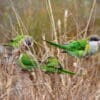Sierra Parakeet
Also known as:
Aymara Parakeet, Grey-hooded Parakeet
Also known as:
Aymara Parakeet, Grey-hooded Parakeet

Psilopsiagon

aymara
Size:
20 cm (7.8 in)
Weight:
45 g (1.6 oz)
Subspecies including nominate:
one
Colour Adult:
Both adults grey/brown forehead, lores and area around eyes to ear coverts; grey/brown crown to nape; pale grey throat and breast; pale blue/grey upper abdomen mixed with yellow/green. Beak flesh/pink. Eye brown.
Colour Juvenile:
In general duller than adults; dull yellow/green lower breast to abdomen; shorter tail.
Call:
Calls made in flight and while feeding are high-pitched and twittering, sounding much like swallows.
More Information:
Content Sources:
CITES
BirdLife International
Cornell Lab of Ornithology/Birds of the World
A Guide to Parrots of the World, Juniper and Parr, 1998
Parrots of the World, Forshaw, 2006. 2010 edition
Parrots in Aviculture, Low, 1992.
Lexicon of Parrots, Thomas Arndt.
Parrots: Their Care and Breeding, Low, 1986.
Captive Status:
Uncommon in aviculture.
Longevity:
—
Housing:
Enclosure or aviary, indoors or outdoors in warm climates, minimum length 1.2 m (4 ft).
Diet:
Small seed mix such as: canary, millet and smaller amounts of oats, buckwheat, safflower and a little hemp; limited sunflower seed; spray millet; seeding grasses; green leaves such as: Swiss chard, lettuce, sowthistle, dandelion, chickweed; rearing food made from: hardboiled egg, wholegrain bread and carrot, all ground to crumbly consistency; fruits such as: apple, pear, banana, orange, pomegranate, cactus fruits; complete kibble.
Enrichment:
Provide fresh, bird-safe, unsprayed flowering, fir, elder, pine or willow branches.
Nest Box Size:
Vertical box 7″ x 7″ x 12″ (17.8 cm x 17.8 cm x 30.5 cm)
Clutch Size:
6-10
Fledging Age:
6-7 weeks
Hatch Weight:
—
Peak Weight:
—
Weaning Weight:
—
World Population:
Unknown; described as fairly common and stable.
IUCN Red List Status:
Least Concern
CITES Listing:
Appendix II
Threat Summary:
Not globally threatened. Fairly common throughout most of its range. Has adapted to living in long-established and intensively managed farmland. Trade is light.
Range:
C Bolivia to NW Argentina; possibly N Chile.
Habitat:
Found from 1800-3000 m (5904-9840 ft) in shrubby or wooded arid areas in hills and ravines, dense scrub and trees around villages and in agricultural areas.
Wild Diet:
Feeds on bush berries, fruits, herbs including Viguera and grass seeds.
Ecology and Behaviour:
Social birds. Seen in small flocks outside of breeding season. Larger groups seen at water sources. Birds will descend to the ground foraging for grass seeds and fallen fruit.
Clutch and Egg Size:
6-10 eggs
Breeding Season:
November and January in Argentina. Nest is in hole in bank or in a deserted building, or cavity in cactus. One record exists of a colony nest used by up to five pairs.
Related Links:
—
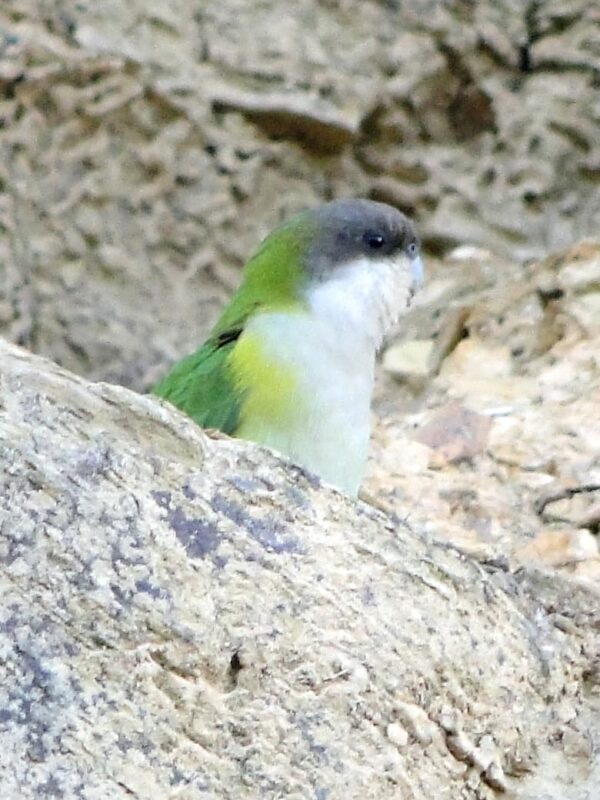
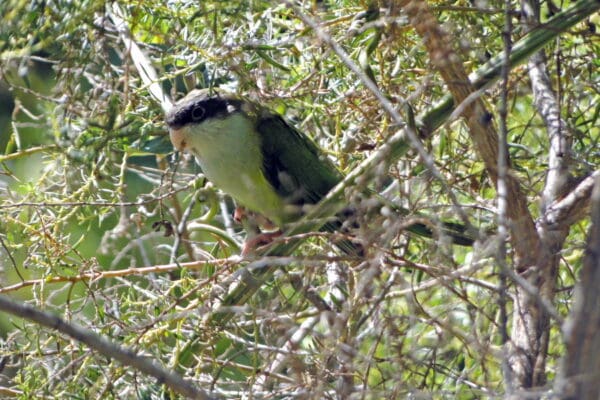
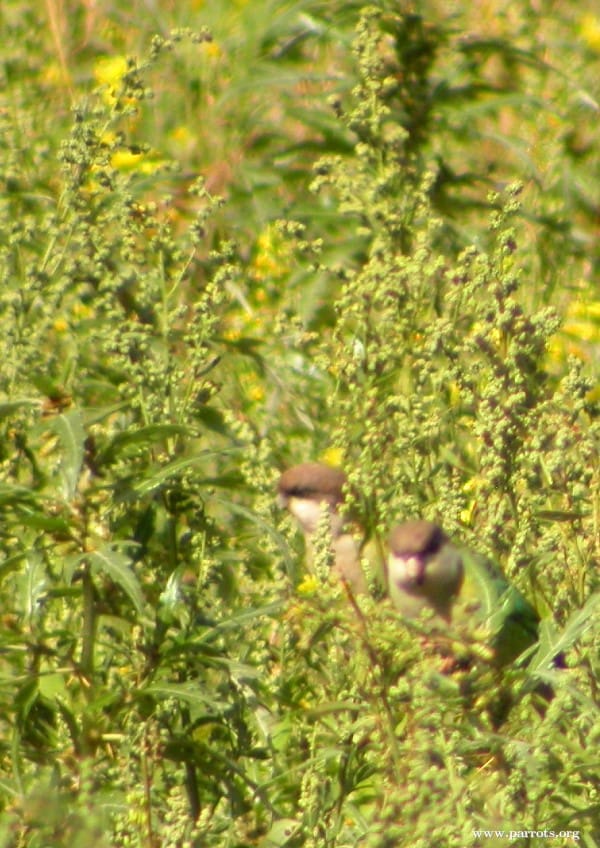
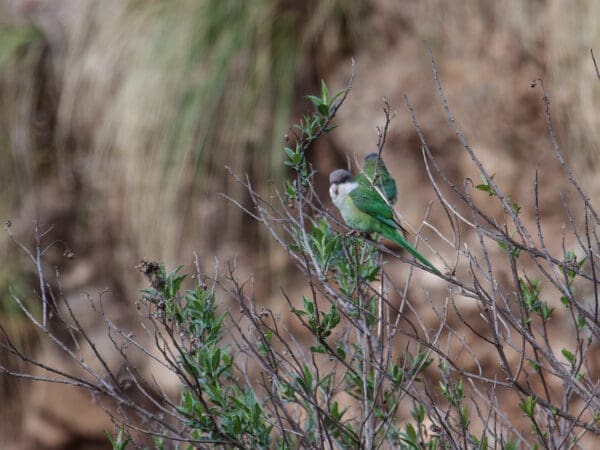
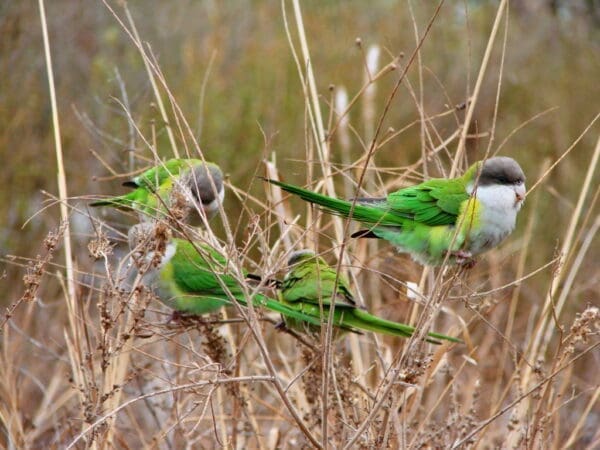
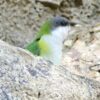
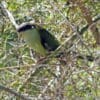
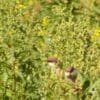
![© Nick Athanas [CC BY-SA 2.0] via Flickr Wild Sierra Parakeets perch in a bush](https://parrots.org/wp-content/uploads/1990/12/Sierra-Parakeet-Nick-Athanas-lg-100x100.jpg)
